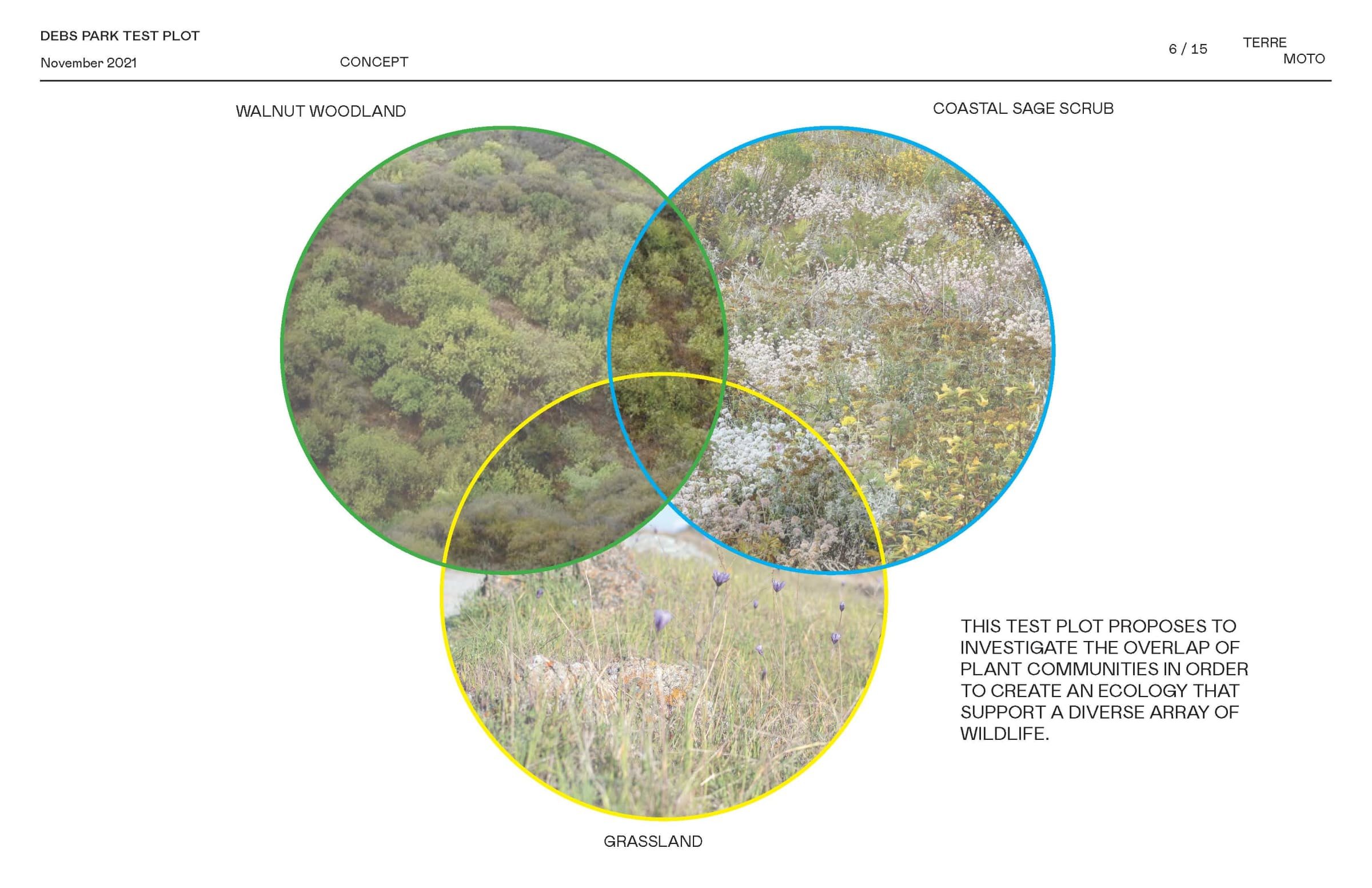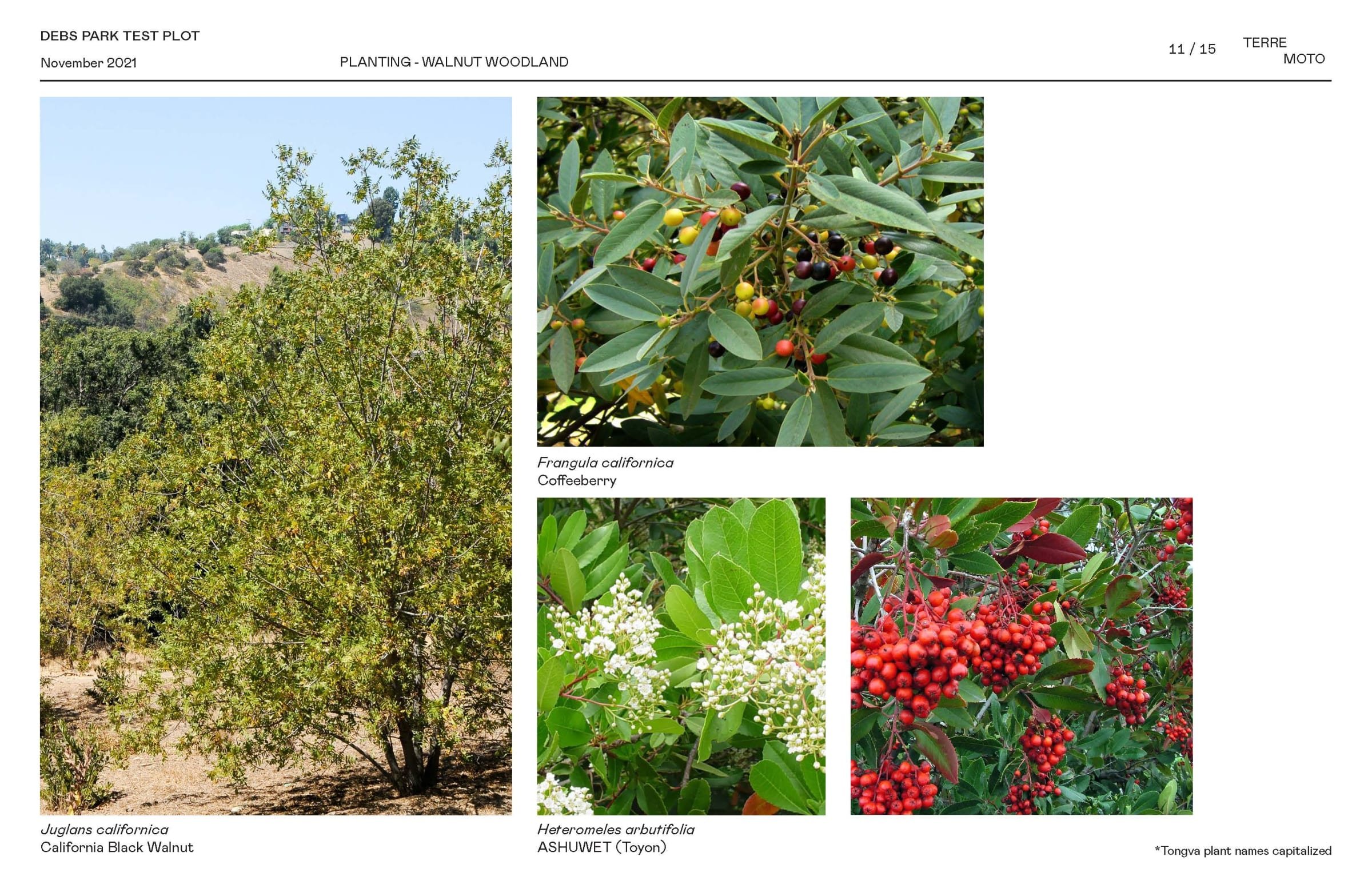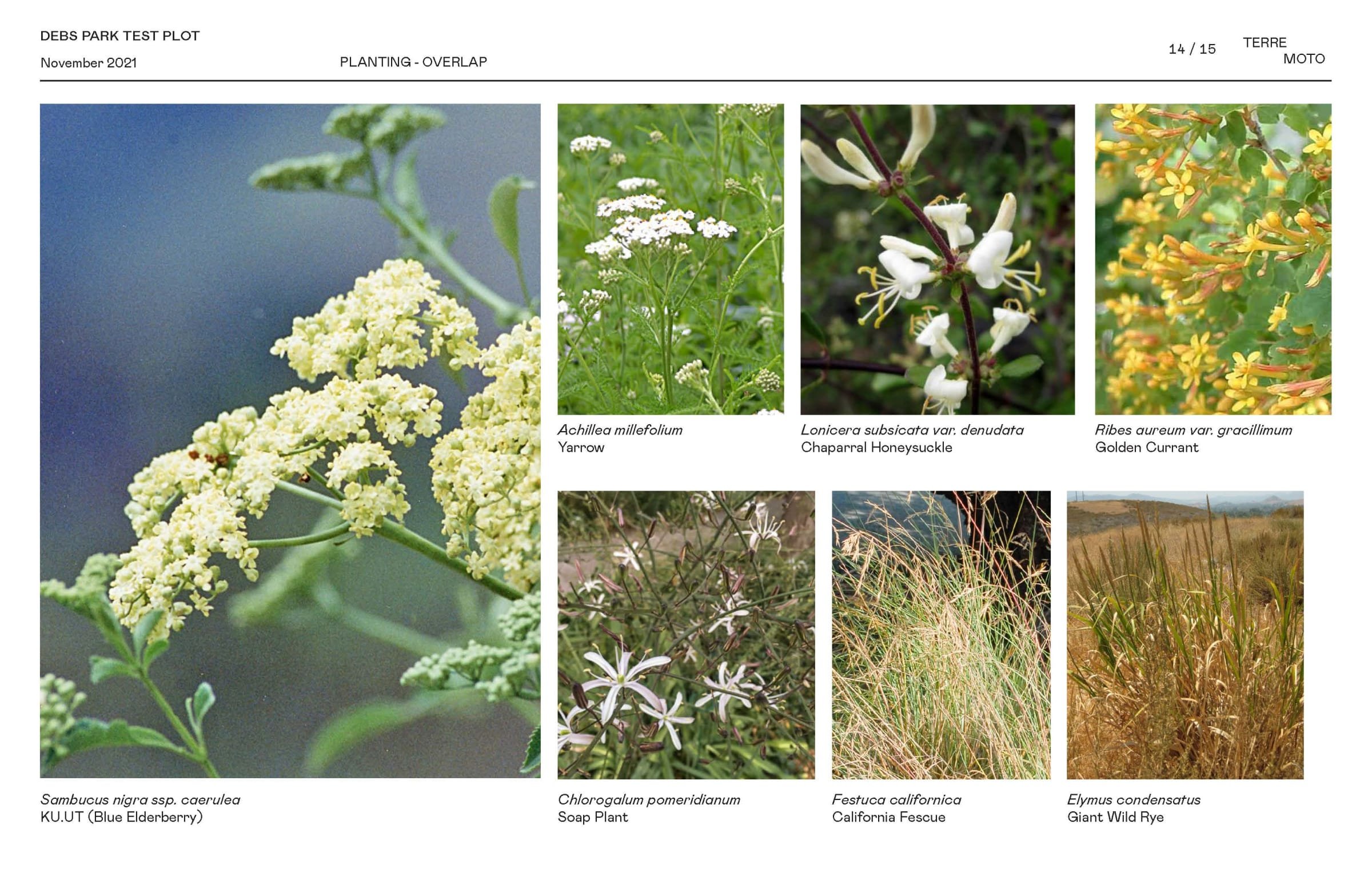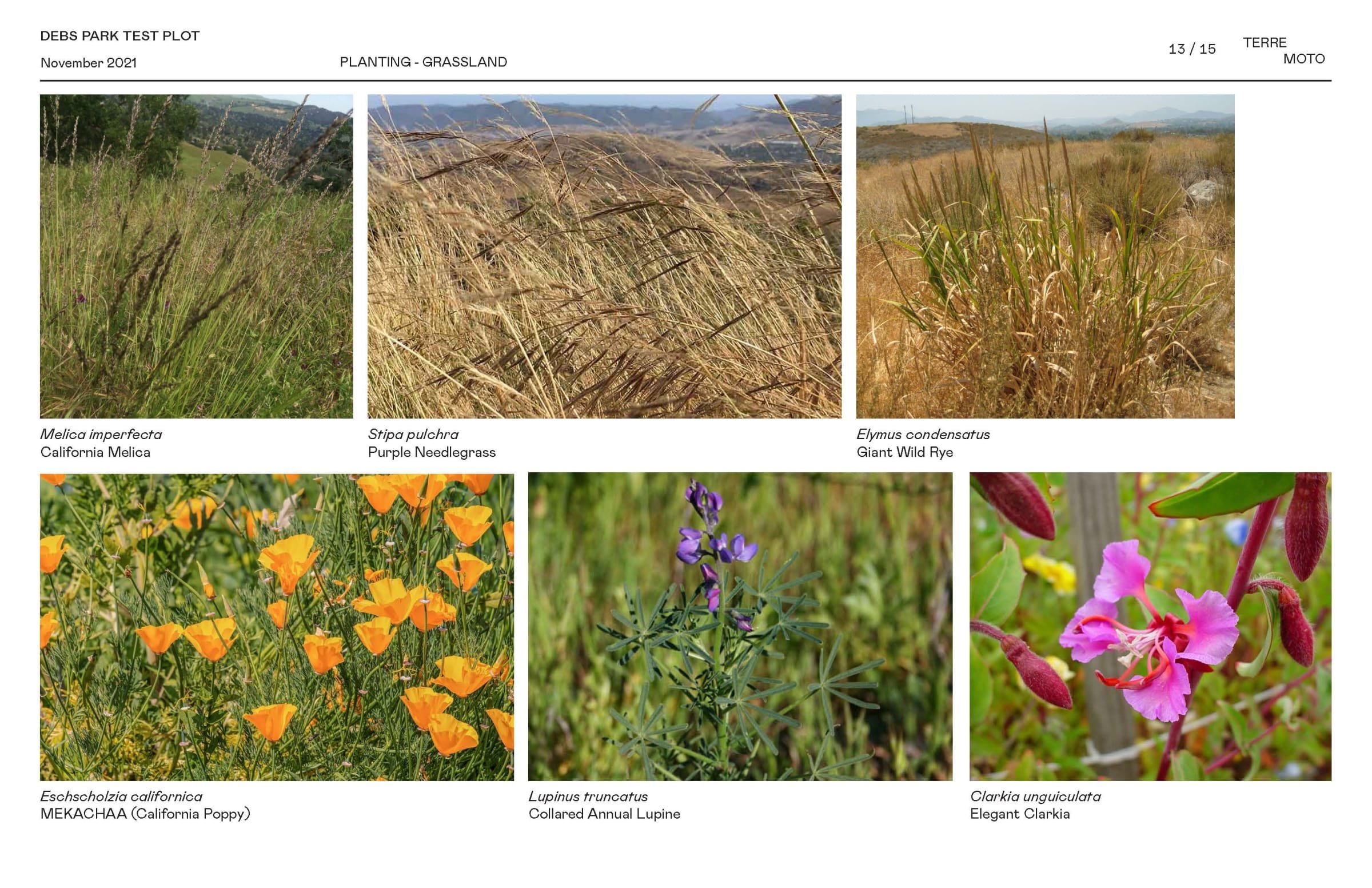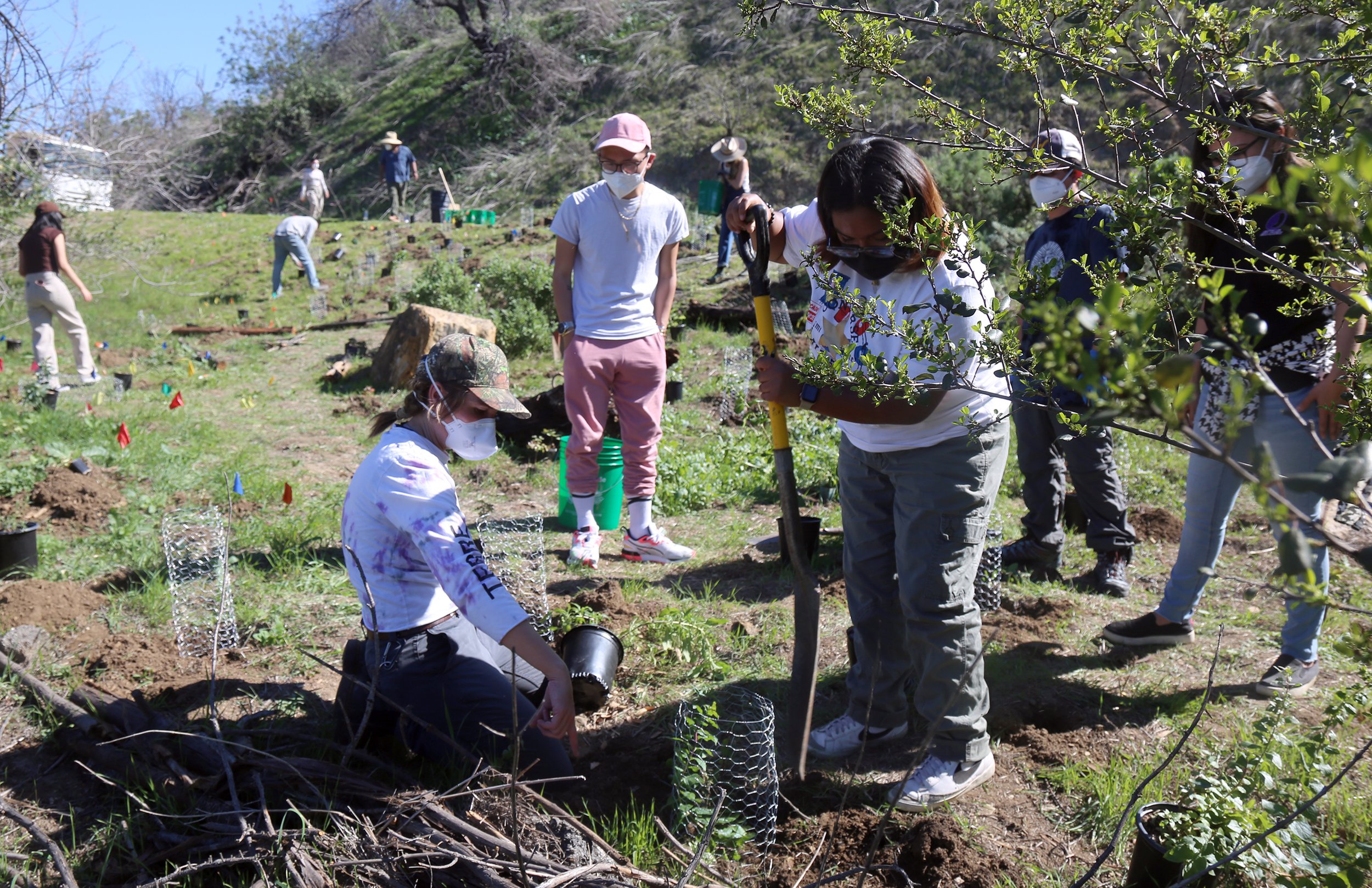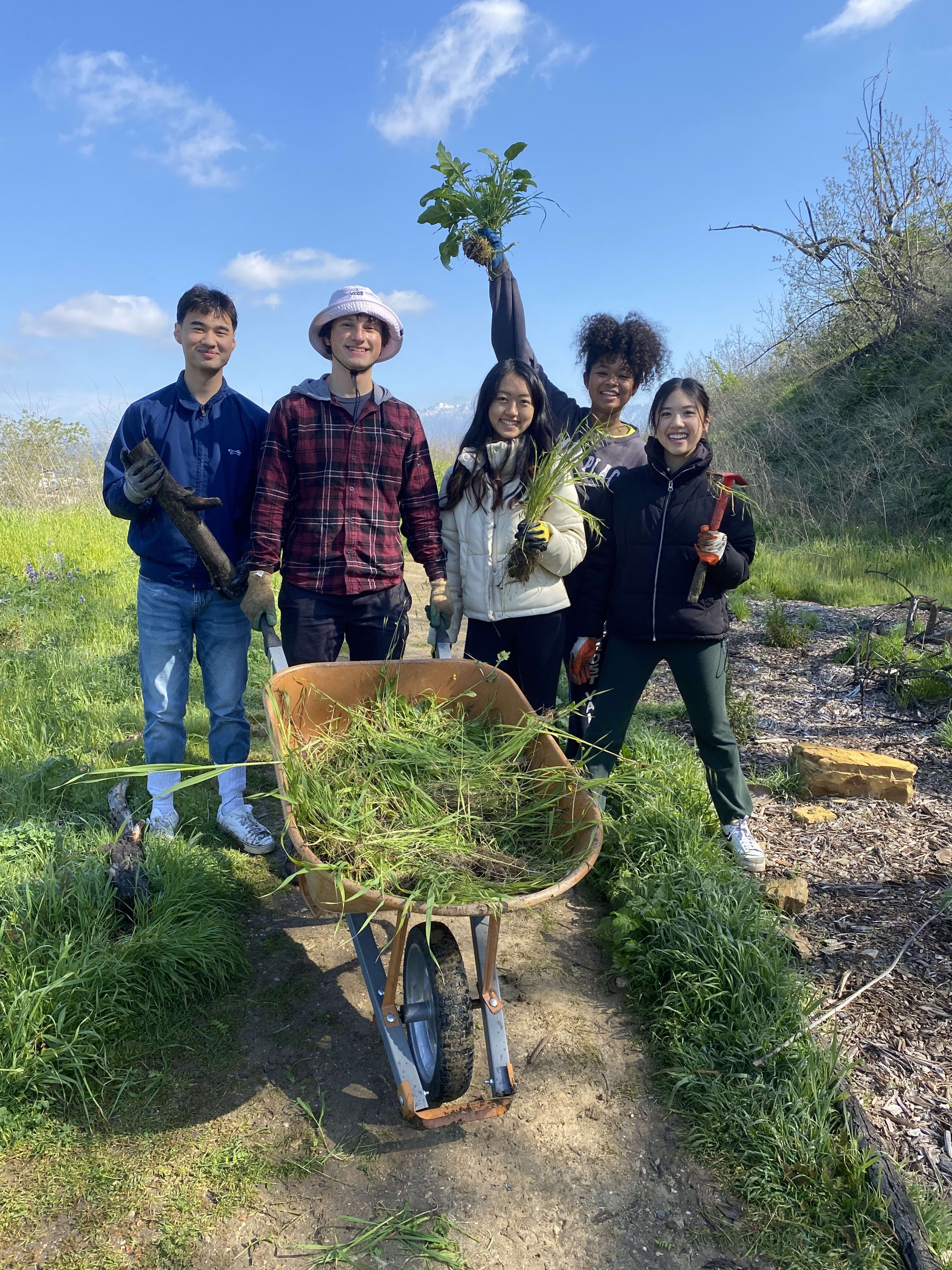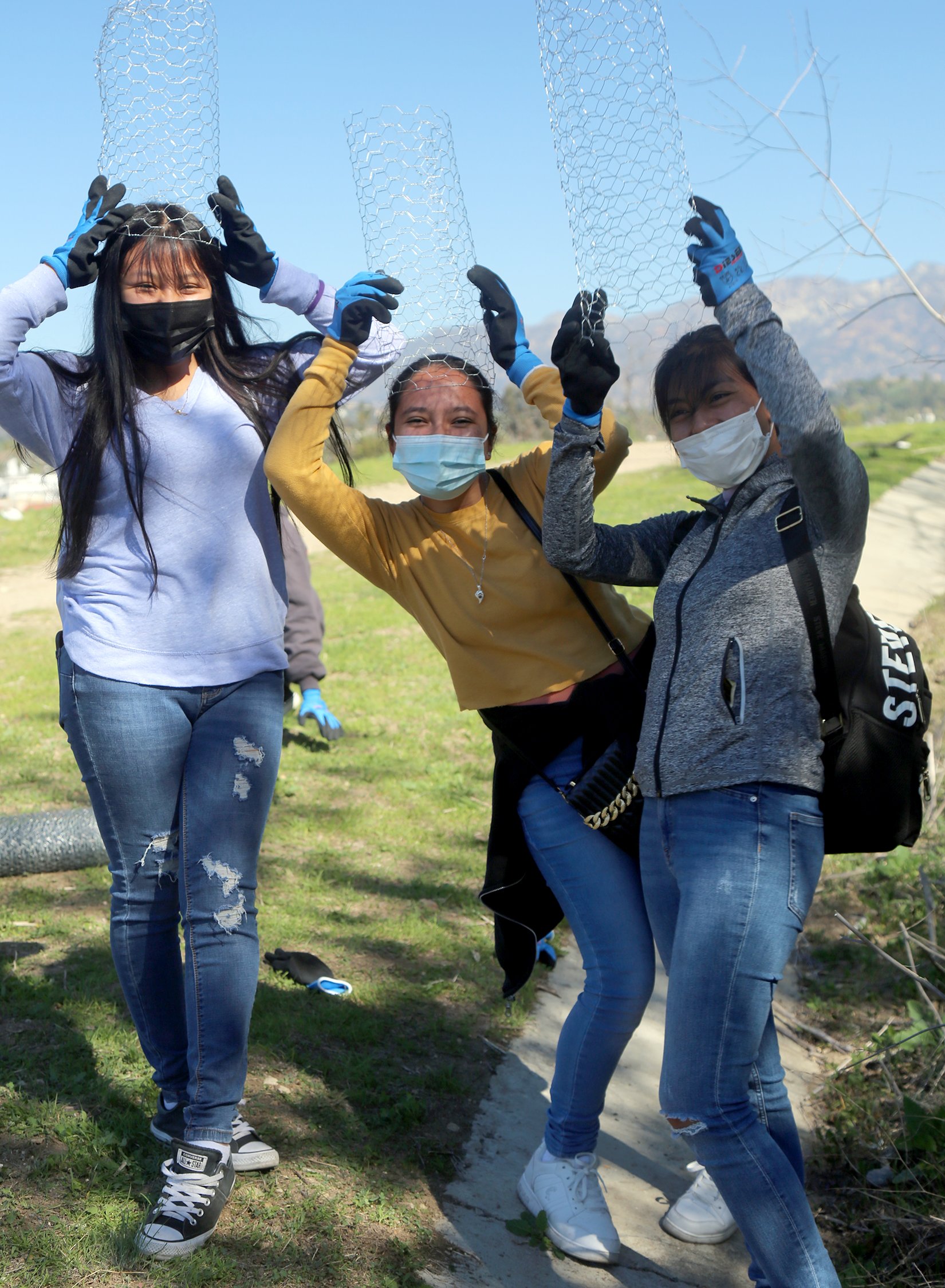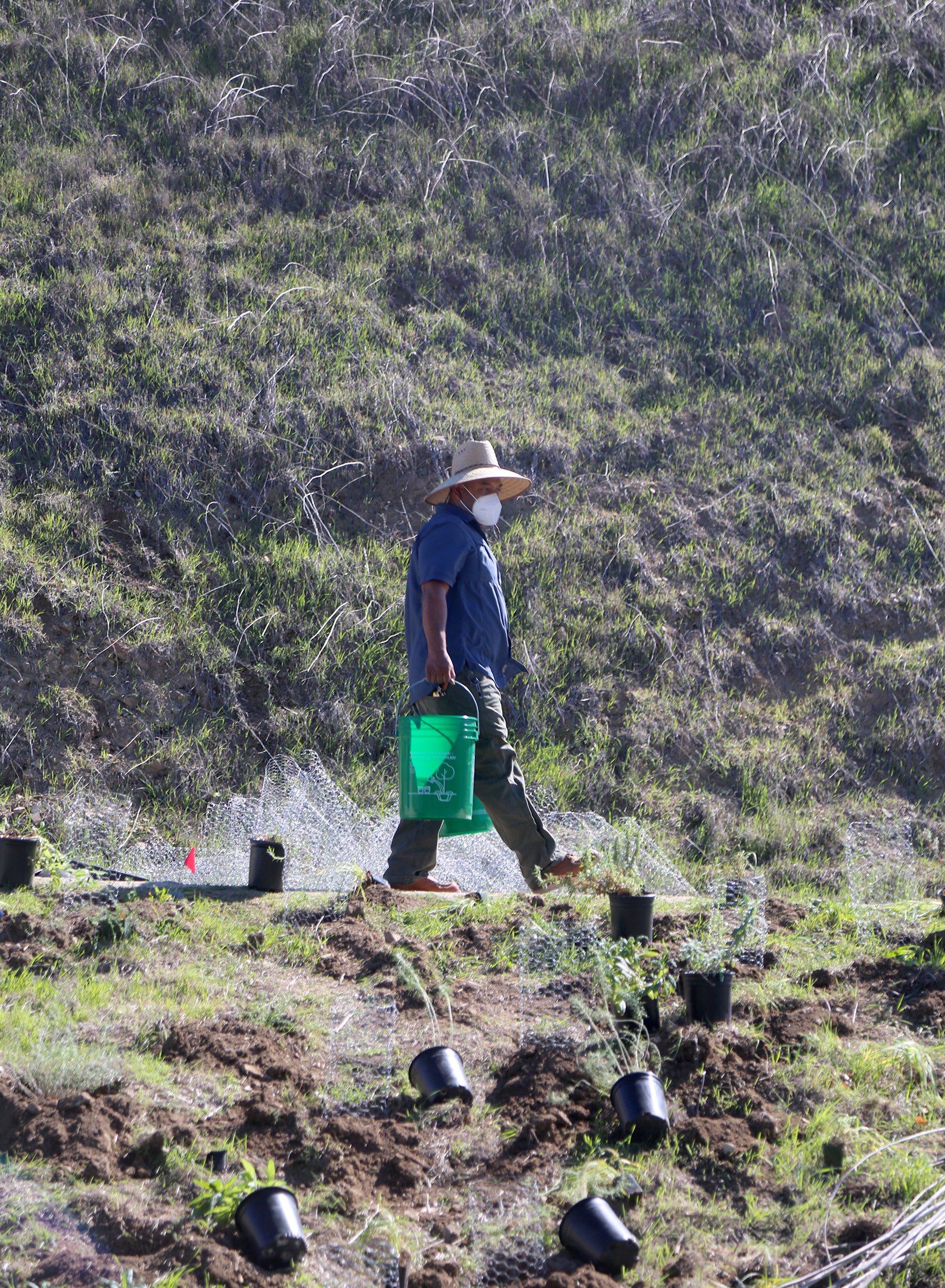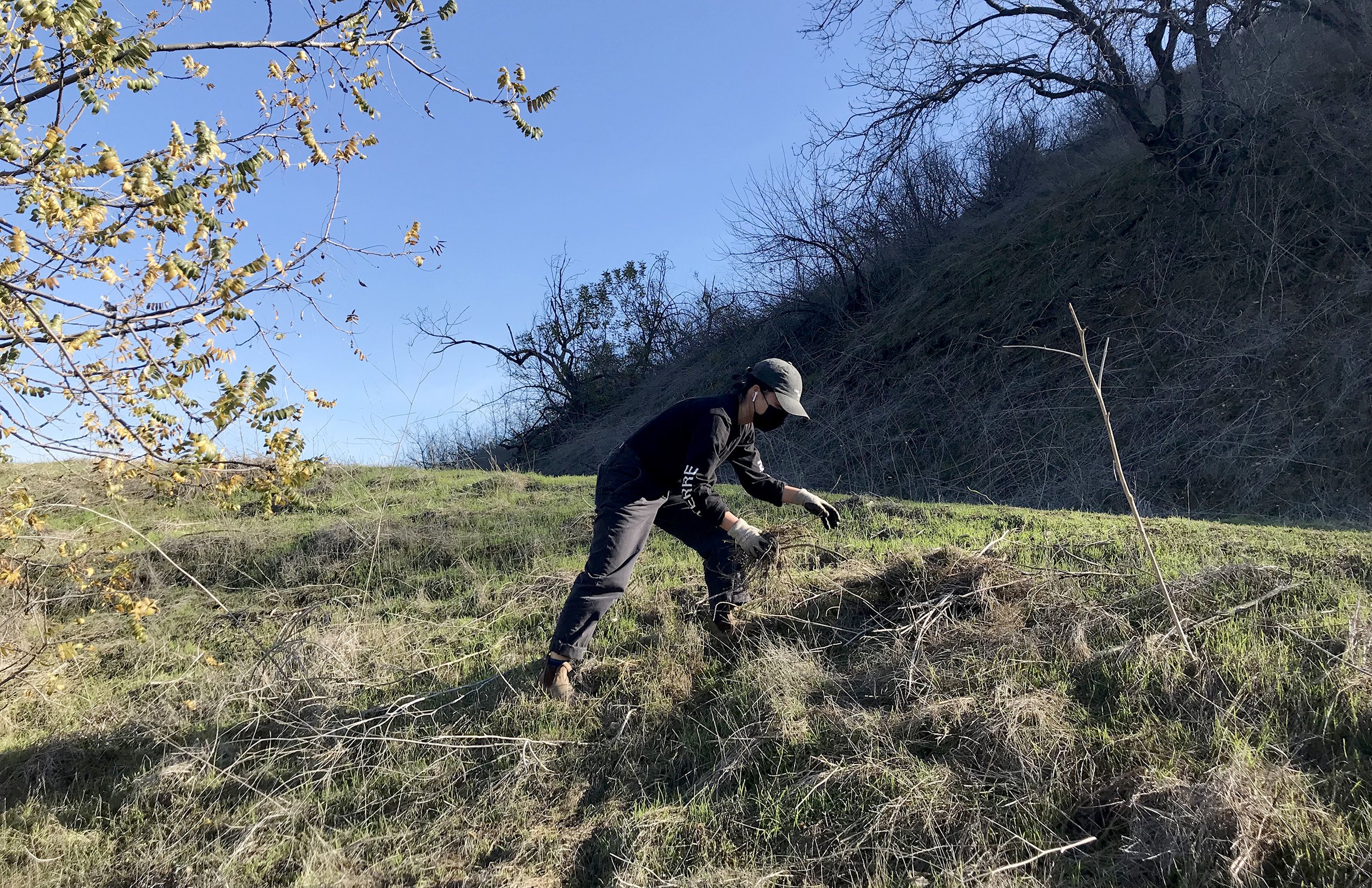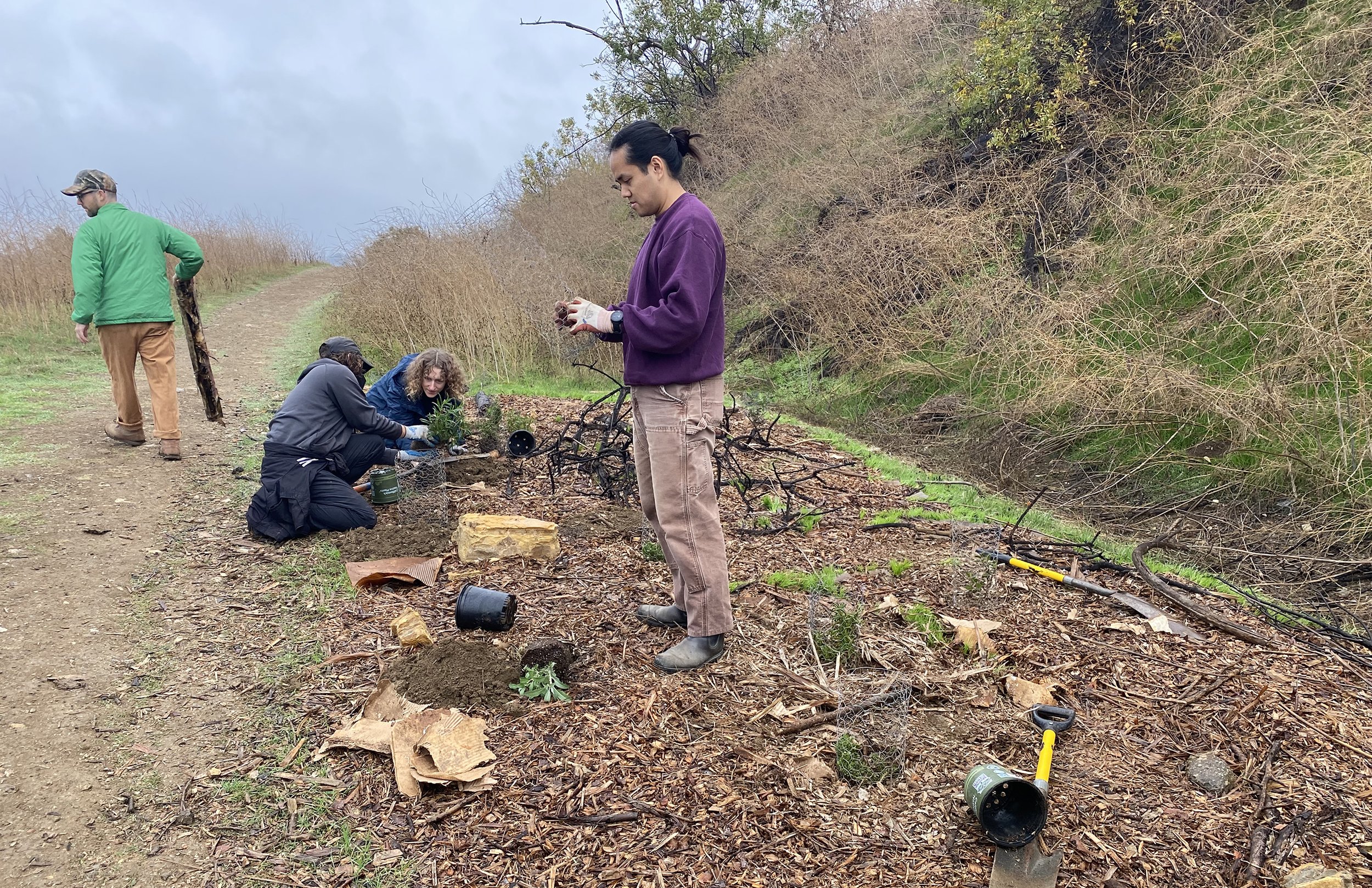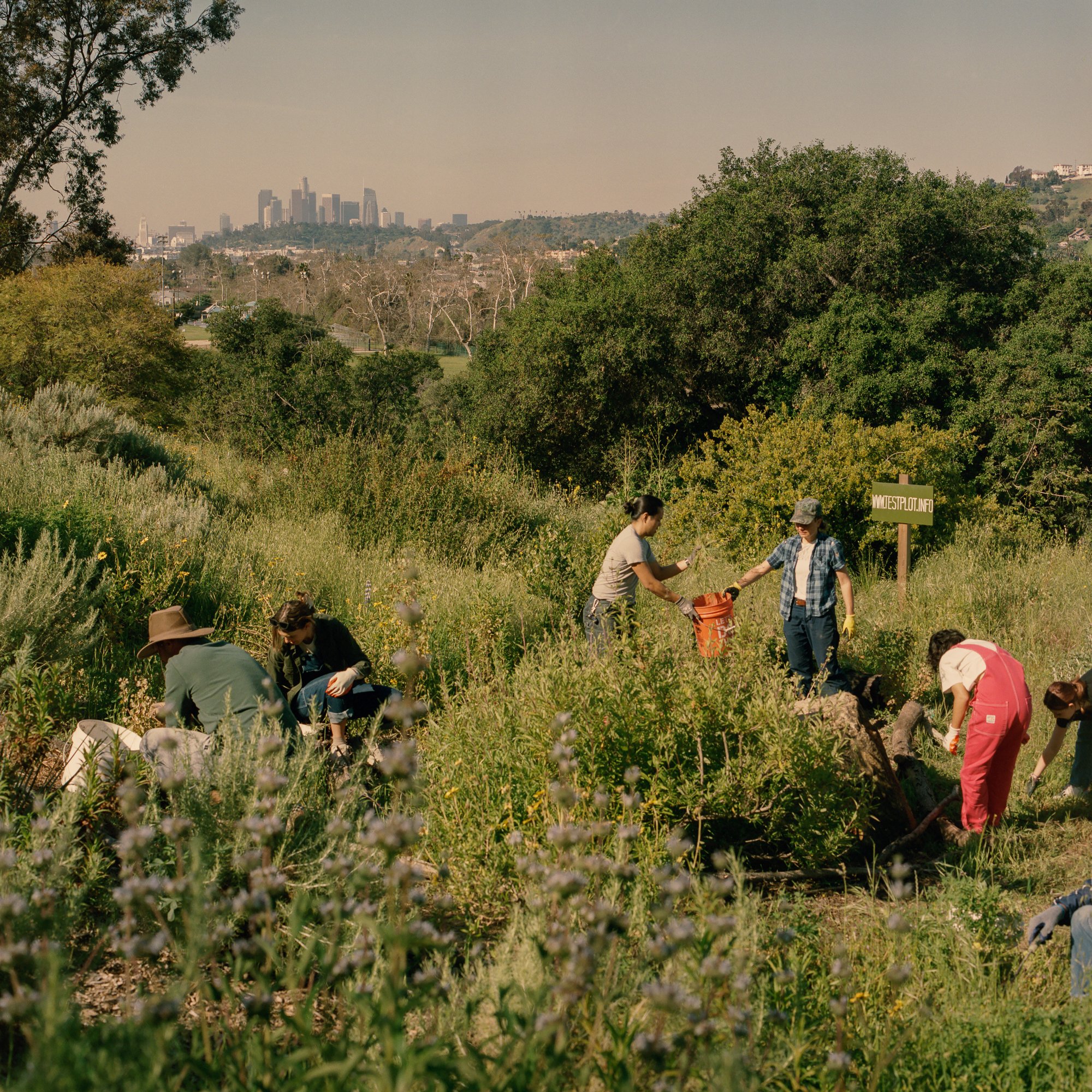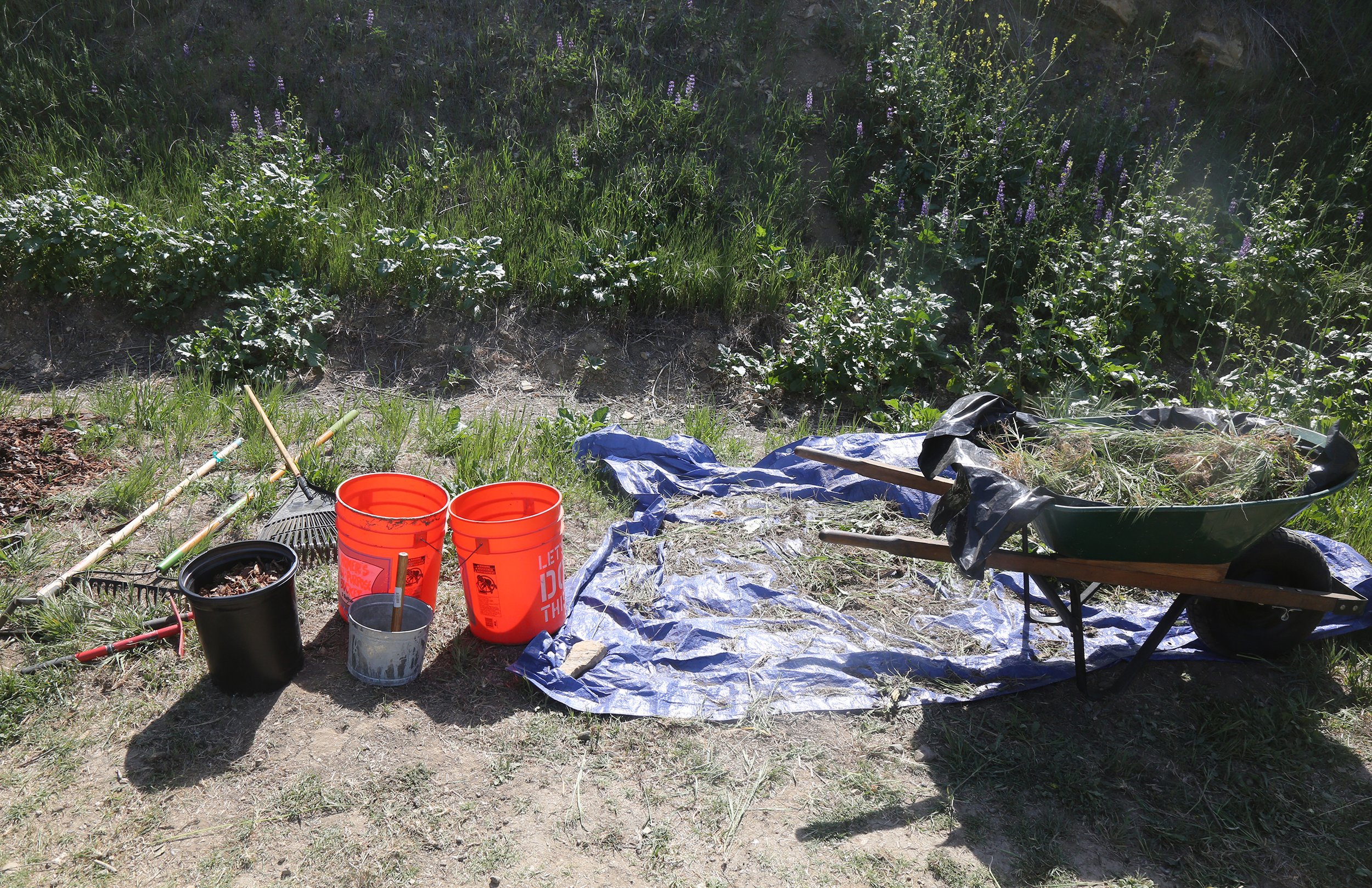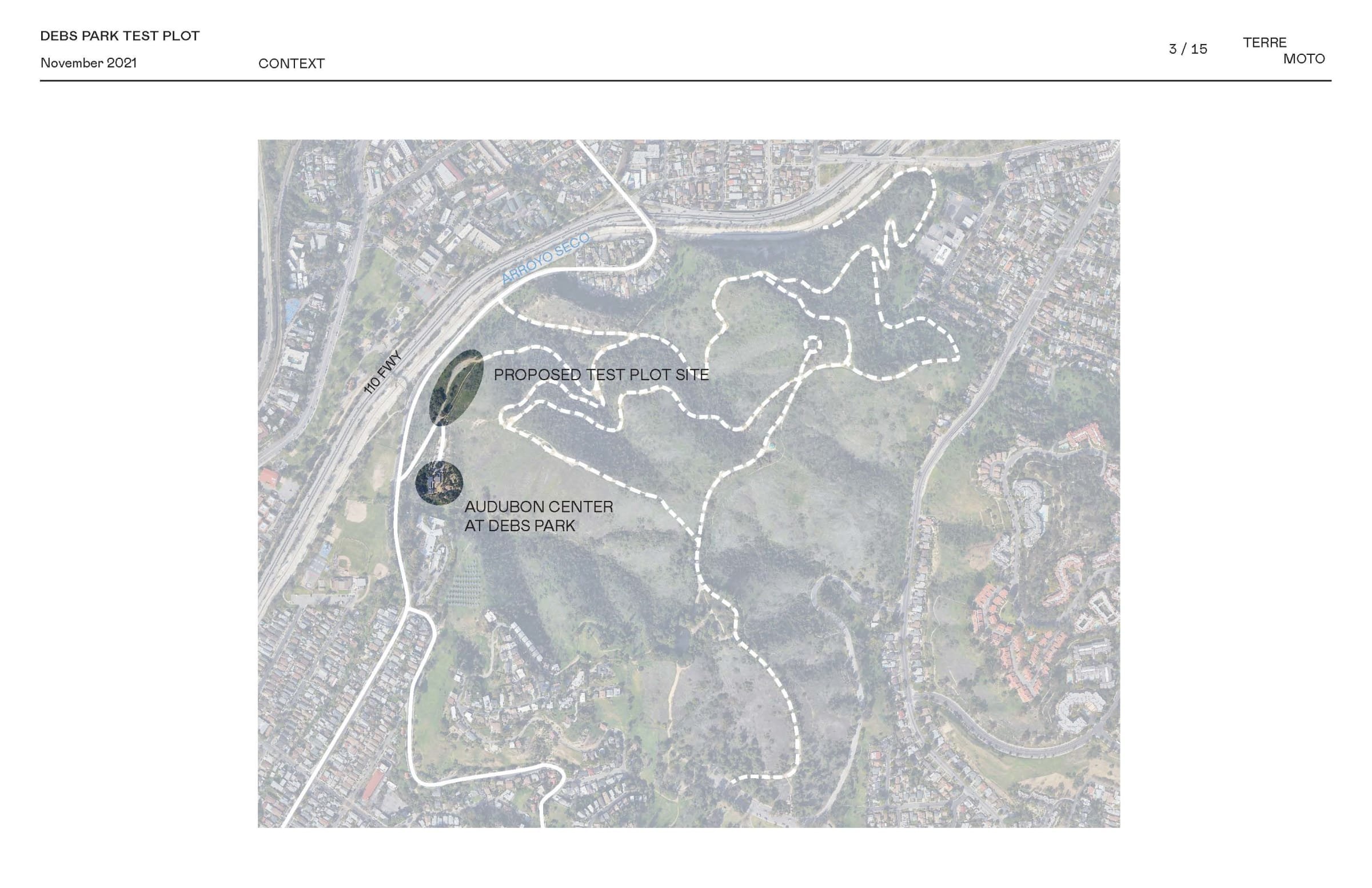Debs Park Test Plot
Hyperlocal restoration on one of northeast LA's precious hilltop open spaces.
The Audubon Center at Debs Park, a community center focusing on environmental justice and inclusive conservation programming, graciously gave us permission to start this Test Plot in Debs Park down, and then up the hill from their LEED-Platinum-certified building. Ernest E. Debs Regional Park is located in Northeast LA between Highland Park and Lincoln Heights, part of the Repetto Hills and the Arroyo Seco Watershed. It’s a huge park, with massive hills, picnic areas, hiking trails, a turtle pond, and a healthy population of hawks, owls, scrub-jays, towhees and hummingbirds.
INTRODUCTION
As is the case with most of our urban Los Angeles parks, the existing landscape at Debs is considered highly disturbed and thus the remaining native plants are vulnerable to being outcompeted by the invasive species. The Audubon Center at Debs has done a lot of habitat restoration around the center already, but the park is so big (282 acres) that there’s still lots of ground being taken over by black mustard, star thistle, and other invasive plants.
THE TEST
The Plot is located about a 5-minute walk from the parking lot at the Audubon Center. We nestled it under two dead, but still standing Deodar Cedar trees and a handful of Encelia californicas, Salvia melliferas, and one massive (but summer-dormant) Marah macrocarpa. Because this location is at the intersection of coastal sage scrub, walnut woodland, and grassland plant communities, we originally wanted to test an overlap of these plant communities – something that would support a diverse array of wildlife. We also wanted to test the efficacy of sowing fast-growing, fire-following plants to restore disturbed sites without irrigation.
The Audubon Center at Debs already had a collection of plants growing in their nursery from seeds they had collected from the area. Rather than trying to stick to our original plan of intersecting plant communities, we chose to use the plants we had available because they would be better adapted to the local soil and climate conditions, and because the Audubon Center was willing to donate them.
Our first planting day was February 9, 2022. Along with incredible help from students and staff from the New Village Girl’s Academy we planted Salvia mellifera, Eriogonum elongatum, Ribes aureum, and Heteromeles arbutifolia in the first plot on the west side of the path. A second planting day with a group of 10 volunteers in April added a second plot just east of the path, as well as a sheet-mulching zone for planting next winter.
Our volunteers and the staff at the Audubon Center have been helping us every week to keep the plots watered and weeded. So far the main work that has been needed has been watering, weeding, adjusting branches for borders around the edges, and general clean-up. The plants have been surprisingly resilient through the summer heat – likely a testament to planting early in the spring, and those late-spring showers we had in June.
TEAM
—TERREMOTO LA / Project Page
Adrian Tenney, Hannah Pae, Sam Webb, Katherine Montgomery
PARTNERS
—AUDUBON CENTER: Evelyn Serrano, Marcos Trinidad
—New Village Girl's Academy
YEAR
—Winter 2022: First Planting




